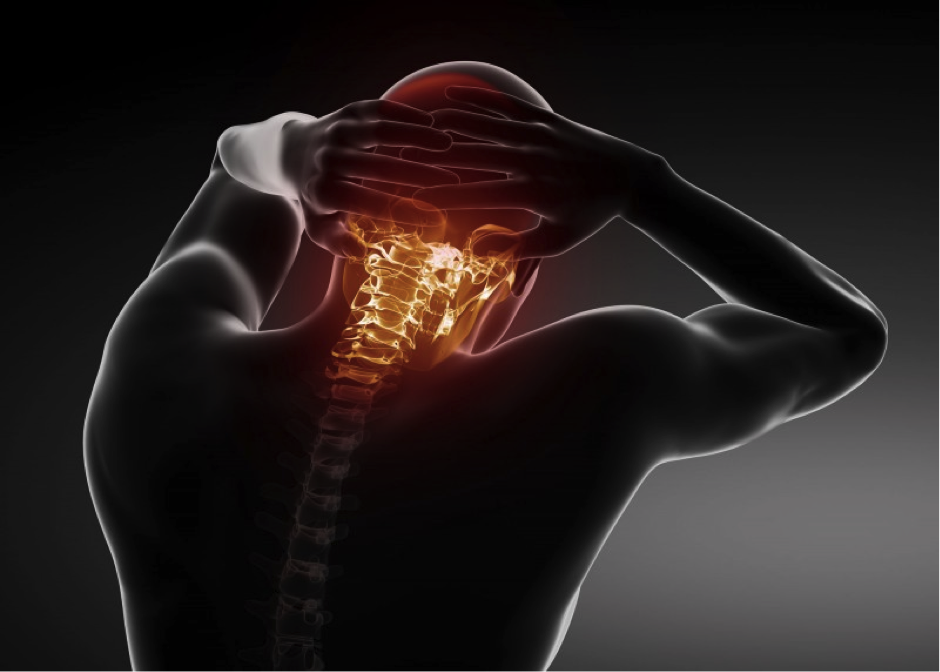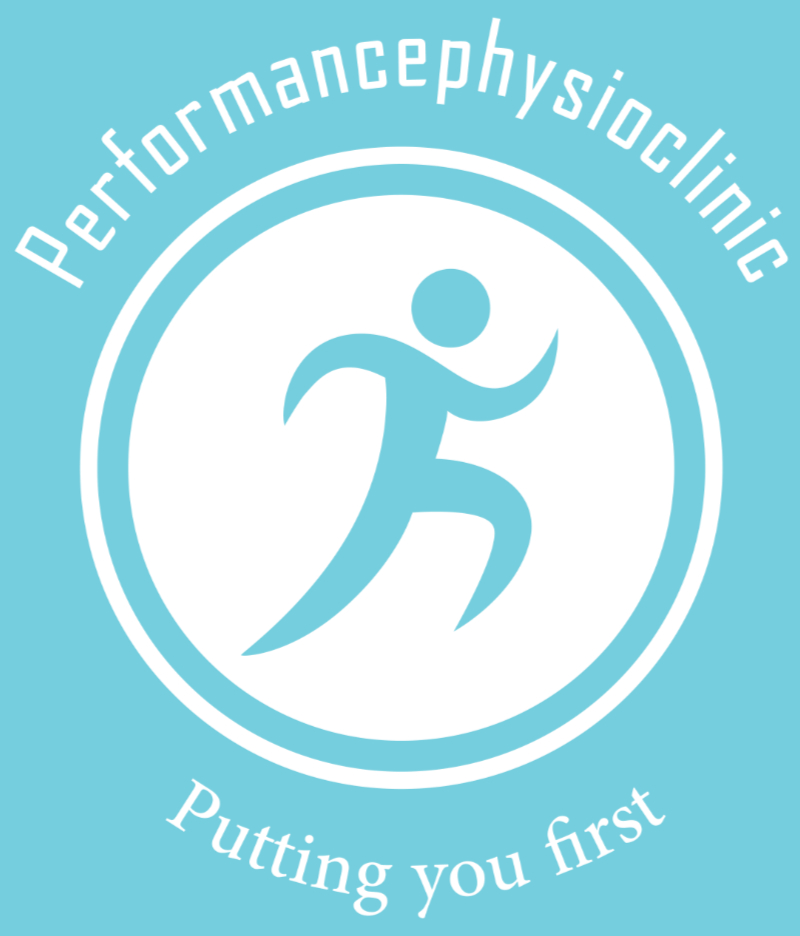Conditions Treated
Making Informed Decisions
There are a large number of conditions treated by physiotherapy, with treatment proving to be very effective in helping patients recover fully.
While there are many sub-specialties of physiotherapy, we focus on treating musculoskeletal problems – that means injuries affecting bones, joints, muscles and nerves. Physiotherapy is particularly effective at treating conditions that cause pain or impact function.
We Can Help More Than You Think
Most people think physiotherapy is just for sports injuries and back pain. While physiotherapy treatment can be very successful for both of these, we can help with much more.
Other common conditions treated by physiotherapy include joint pain and arthritis, work related problems and tension headaches. We happen to be pretty good at treating running injuries too.
We also play a key role in improving general health, mobility and quality of life. Physiotherapy can be a very effective way to speed up recovery after surgery and help manage symptoms in neurological disease and cancer patients.
Common Injuries & Conditions treated by Physiotherapy
To help you understand how physiotherapy might help, we have written about some of the most common injuries and conditions treated by physiotherapy. This is not an exhaustive list but aims to help you make an informed decision about treatment options.
Please click an item below to read more…
Low Back Pain
Low back pain is one of the most common problems seen by physiotherapists. It accounts for over 9% of adult GP visits and is one of the leading causes of disability in the UK and Ireland.
According to research, 4 in 5 people will experience back pain at some point in their life. That sounds like a lot of people but it won’t affect everyone in the same way. For some people, back pain will be a simple ache that corrects itself over time but for others it can cause long-standing pain and disability.
Seeking professional advice and getting the right treatment quickly is essential. It reduces the risk of low back pain lingering, speeds up recovery and reduces its impact on everyday life.
Types of Back Pain
There are a number of reasons why low back pain occurs. A number of body structures can be responsible but it is often more than one factor contributing to low back pain. These can include lifestyle factors such as smoking and lack of exercise, which are considered big risk factors.
Some of the well-known types of low back pain include:
- Nerve root irritation (e.g sciatica)
- Muscle spasm
- Bone deformity
- Ligament injuryuscle strain
- Intervertebral disc prolapse
- Disc degeneration.
Each of these problems can affect individuals differently – in some cases causing severe pain and disability and in others producing no symptoms at all.
Physiotherapy & Lower Back Pain
Physiotherapists are considered to be the experts on lower back pain. By completing a robust assessment, we can often pinpoint what is contributing to the condition and start treatment immediately.
We are also trained to spot more serious conditions that may present as low back pain and then refer on to the GP or specialist making them an ideal first point of contact.
Neck Pain & Headaches
Headaches can result due to a variety of reasons, some of musculoskeletal causes and other headaches have non-musculoskeletal causes.
For example, potential causes of headaches may include:
- Stress
- Poor posture
- Accidents
- Whiplash
- Medications
- Dietary irregularities
Here at the Performance Physio Clinic we are trained in assessing relevant musculoskeletal structures that could be contributing to the root cause of your headaches providing effective headache and neck pain physiotherapy, whereas taking painkillers for a headache is just a band aid approach and does nothing to prevent any repeat episodes if there is an underlying musculoskeletal contributor to your headaches. So, although your headache may be relieved by taking painkillers persistent headaches should always be assessed and an attempt made to establish their origin.
Neck Pain Physiotherapy
Your neck is a very complex interlocking structure consisting of bones, joints, muscles, nerves, tendons and ligaments. The neck must be capable of holding up the weight of your head which weighs in at around 5 kilograms and allow multi-directional movements so it’s no wonder neck pain physiotherapy is commonly required.
Not only are headaches a common symptom of people suffering with neck complaints, patients will frequently experience muscle spasm and muscle ache as well as stiffness and reduced range of motion. Nerve pain originating from the neck is a common reason for people seeking neck pain physiotherapy similar to that of sciatic nerve type pain originating from the lower back region.
If you are experiencing:
- Nerve pain
- Muscle spasm
- Muscle aches
- Stiffness
- Reduced range of motion
- Headaches
Receiving neck pain physiotherapy from the Performance Physio Clinic is a safe and effective way to manage your symptoms and help prevent any recurrence.
Frozen Shoulder
Frozen shoulder, also known as adhesive capsulitis, is a painful condition where the shoulder joint becomes stiff. The lining of the shoulder joint, called a “capsule”, is normally a flexible structure that allows large amount of shoulder movement. However, with frozen shoulder, the shoulder joint capsule becomes contracted and inflamed. This results in reduced flexibility and a lot of pain with movement.
Causes of Frozen Shoulder
Frozen shoulder is a condition that often starts out of the blue and has no distinctive cause. However, it has been linked with diabetes, high cholesterol, heart disease and can be triggered by an impact injury to the shoulder. This condition mostly affects people aged 40-60 years old. It is also more common in women than men.
Symptoms of Frozen Shoulder
Three stages of frozen shoulder symptoms exist.
Stage 1: The Freezing Stage
The shoulder starts to become painful. Increasingly so when reaching out for things. Shoulder movement decreases and pain worsens at night.
Stage 2: The Frozen Stage
Pain may start to decrease however, the shoulder joint becomes stiffens and movement is now very limited.
Stage 3: The Thawing Stage
Shoulder movement gradually increases with pain continuing to fade away. The shoulder joint returns to a more “normal” condition.
Physiotherapy for Frozen Shoulder
Physiotherapy for frozen shoulder can be an effective way to support and speed up recovery. A physiotherapist can assess your shoulder and use several methods to increase movement of your shoulder. Techniques include:
- Specific physiotherapy exercises for shoulder pain designed to stretch the affected joint capsule
- Massage
- Joint Mobilisations
- Electrotherapy
- Thermotherapy
- Advice on pain relief and methods to reduce day to day pain
A combination of these methods will help to reduce your pain, increase movement and get you back to the activities that you enjoy!
Osteoarthritis
Osteoarthritis is the most common type of arthritis in the UK and Ireland. It affects around 8 million people. It most often develops in adults in their late 40’s or older and is more common in women. People with a family history of Osteoarthritis are also more likely to get it.
Osteoarthritis is a degenerative condition. It affects the cartilage of a joint and makes its movement more difficult. This leads to pain and stiffness. Once the cartilage starts to roughen and thin, the tendons and ligaments have to work harder. This can cause swelling and the formation of bony spurs within the joint. Major loss of cartilage can lead to bone rubbing on bone, altering the shape of the joint and forcing the bones out of their normal position.
The most commonly affected joints are the hands, spine, knee’s and hips.
Rheumatoid Arthritis
Rheumatoid arthritis affects more than 400,000 people in the UK and Ireland. It often starts when a person is between 40 and 50 years old. Women are three times more likely to be affected than men.
Rheumatoid arthritis occurs when the body’s immune system targets affected joints. This leads to pain and swelling. The outer covering of the joint is the first place affected. This can then spread across the joint, causing more swelling and a change in the joint’s shape. This can result in bone and cartilage to breaking down.
Ankle Pain Physiotherapy
Ankle pain is extremely common, one of the most common conditions patients visit us here at the Performance Physio Clinic for is following suffering an ankle sprain that is requiring ankle pain physiotherapy.
A sprained ankle may cause anything from mild to significant pain depending on the actual injury and it’s severity, an ankle sprain occurs commonly in sports like netball, basketball, soccer but you don’t have to be playing sport to sprain your ankle, at the Performance Physio Clinic we will see hundreds of sprained ankles requiring ankle pain physiotherapy each year as a result of something as simple as walking on an uneven footpath, twisting in high heels or missing a step.
Although a common injury, there is no such thing as just an ankle sprain, a “simple” rolled ankle can result in injury and damage to many different structures and having your ankle assessed and receiving treatment from an experienced Performance Physio will help diagnose and ensure correct management of the injury. Failure to correctly manage even minor ankle sprains can result in ineffective healing, prolonged recovery and potentially an increased likelihood of recurrence.
Common Causes of Ankle Pain
An ankle sprain is not the only cause of ankle pain we see at the performance physio clinic we will deal with many other conditions can cause ankle pain. Some common causes of ankle pain include Achilles and other tendinopathies, Achilles tendon rupture, osteoarthritis, and fracture. When you think of the stress that is exerted on the ankle in a normal day it is no surprise ankle pain is a common complaint.
Your foot must absorb the impact of landing when walking, running and jumping as well as help propel your entire body weight multiple times a minute when just walking, making your ankle area a target for overuse injuries, degenerative conditions as well as vulnerable to suffering high force traumatic injuries.
Diagnosis and Management
Accurate diagnosis of the cause of any ankle pain will require a thorough examination including a history of the condition as well as examination of the foot, ankle and any other areas deemed associated in both resting and dynamic postures. Assessing the ankle in weight bearing is crucial as this is inevitably when almost all the problems occur and failure to assess the dynamic function of the foot and ankle may result in missing the correct diagnosis.
At the Performance Physio Clinic, we have significant experience in assessing and managing ankle injuries and causes of ankle pain. It is important to accurately diagnose exactly what is wrong with your ankle to ensure that short and long-term treatment goals are achieved as quickly and safely as possible through ankle pain physiotherapy.
Rheumatoid arthritis occurs when the body’s immune system targets affected joints. This leads to pain and swelling. The outer covering of the joint is the first place affected. This can then spread across the joint, causing more swelling and a change in the joint’s shape. This can result in bone and cartilage to breaking down.

![]()
